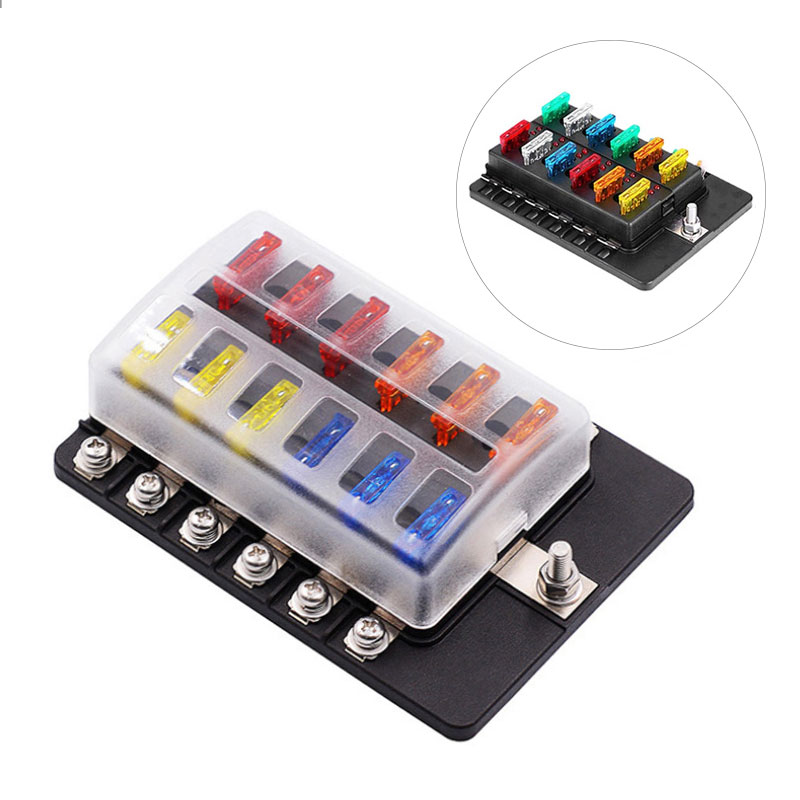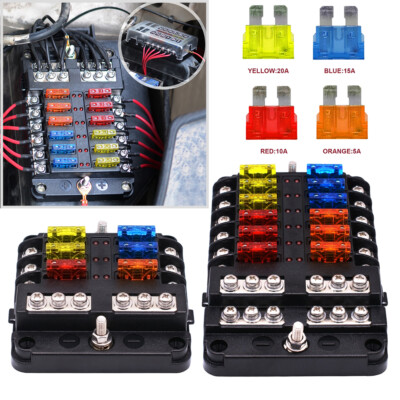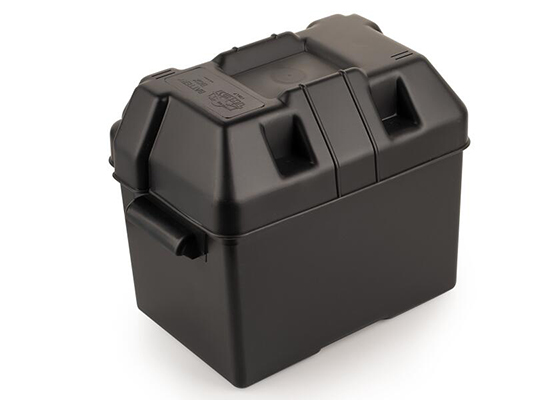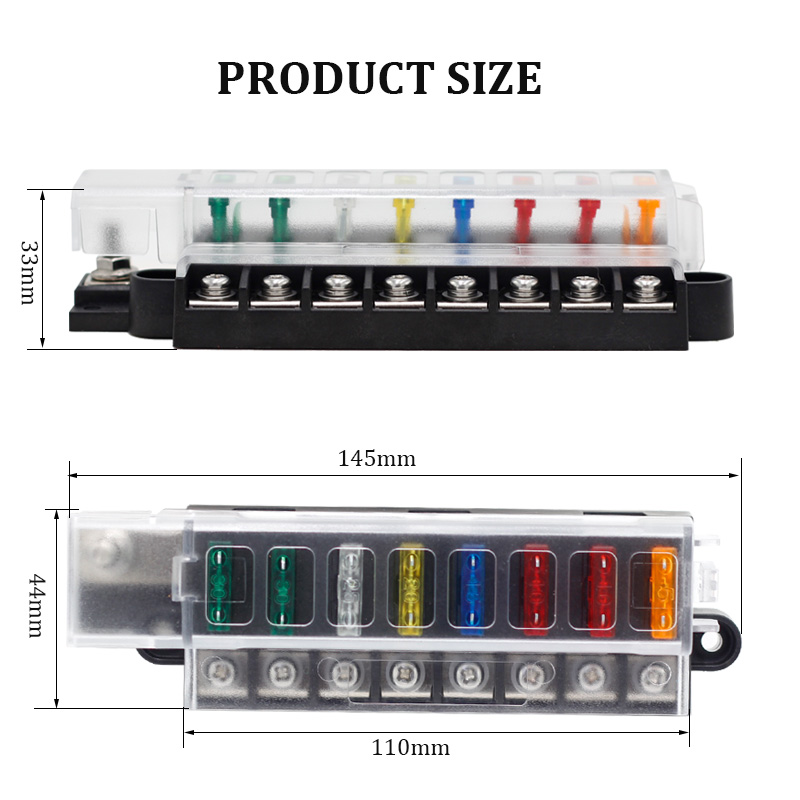Car Fuse Holder Amperage Selection Guide: Matching Fuses to Accessories for Optimal Safety and Performance
News 2025-10-20
Selecting the correct amperage for car fuse holders is essential to protect your vehicle’s electrical system from damage caused by overcurrent. Fuses act as safeguards, breaking the circuit when current exceeds safe levels, which prevents wire melting, component failure, and potential fires. This guide focuses on matching fuse amperage to various automotive accessories, ensuring reliable operation and longevity in everyday use. By understanding and applying proper selection techniques, you can enhance the efficiency of additions like lighting, audio systems, and charging devices, while adhering to industry standards for safety.

Fundamentals of Fuse Ratings
Fuse ratings specify the maximum current a fuse can handle before it blows, typically measured in amperes (A) for automotive applications. These ratings are critical for matching the power demands of accessories such as headlights or GPS units. In a standard 12V system, fuses range from 5A for low-draw items like dashboard lights to 30A or more for high-power components. Performance advantages include rapid response to faults, reducing the risk of electrical fires, and compatibility with common fuse types like blade or mini fuses. Accurate rating selection based on accessory specifications ensures minimal voltage drop and maintains system integrity during operation.
Step-by-Step Amperage Selection Process
To choose the right amperage, start by determining the current draw of the accessory using the formula: Amperage (A) = Power (W) / Voltage (V). For example, a 120W amplifier in a 12V car system requires about 10A; select a fuse 20-30% higher to accommodate startup surges without risking frequent blowing. Fuse holders must match both the fuse type and amperage rating, with materials like plastic or metal offering durability in harsh automotive environments. This approach highlights performance benefits, such as preventing accessory damage from under-fusing and avoiding hazards from over-fusing, while optimizing for scenarios like off-road use or custom installations where power fluctuations are common.
Common Questions and Answers
1. How do I calculate the correct fuse amperage for an accessory?
Answer: Use the power rating of the accessory and divide by the system voltage (e.g., 12V), then add a 20-30% safety margin to handle peaks.
2. What happens if I use a fuse with too high an amperage?
Answer: It may not blow during an overload, leading to wire damage or fire risks, so always match or slightly exceed calculated needs carefully.
3. Are there specific fuse holders for different car models?
Answer: Yes, holders vary by fuse type and mounting; consult your vehicle’s manual or a professional to ensure compatibility with your make and model.


